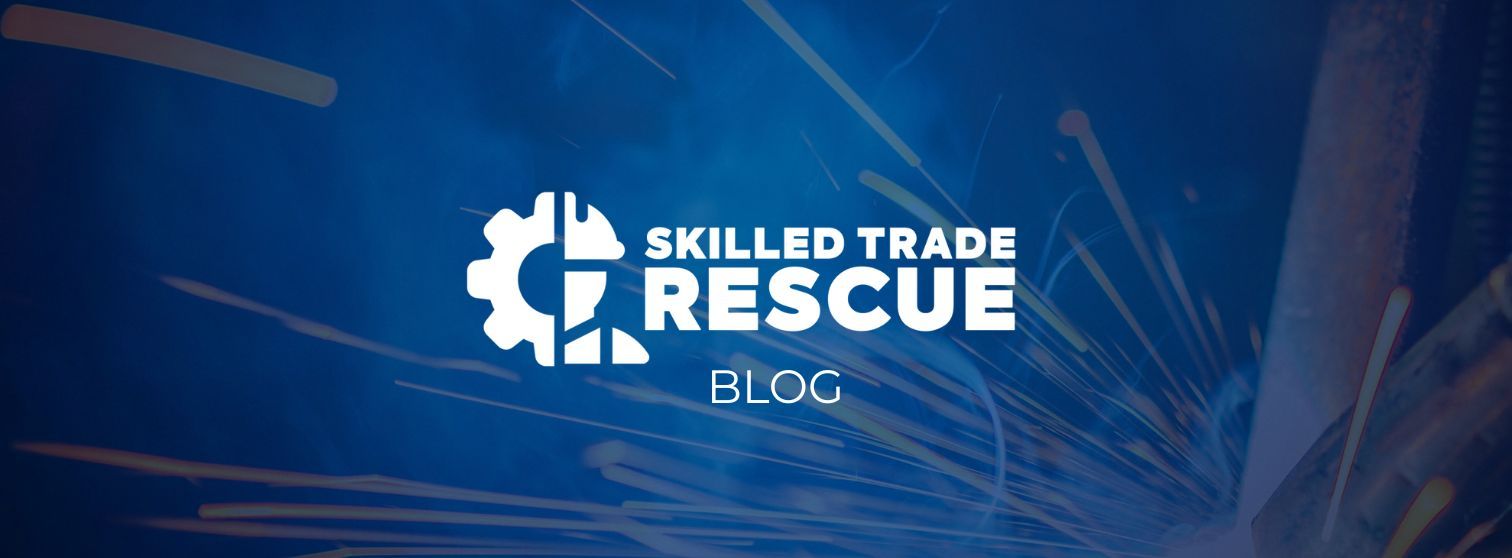When Vendor Selection Goes Wrong: The Hidden Risks in Mission-Critical Process Chiller Design
Oct 04, 2025
In the world of mission-critical design, one of the most overlooked—and most damaging—mistakes engineers make is choosing the wrong equipment vendor. This is especially true in the realm of process chillers under 100 tons, where engineering judgment, vendor capability, and real-world performance intersect in ways that can make or break reliability.
Many mechanical engineers are experienced with office buildings, comfort cooling, and general industrial systems. But process chillers for mission-critical applications are a different animal altogether. These systems support precision cooling for laboratories, semiconductor tools, medical imaging, and other applications where even minor temperature swings can shut down operations. Yet, the reality is that many engineers who don’t regularly specify process chillers may not fully understand the nuances that separate a solid installation from a disaster waiting to happen.
The Boutique Trap
A growing number of smaller, boutique chiller manufacturers have entered the market, offering highly customized equipment with a long list of attractive features. On paper, these machines often look better than their mainstream competitors. They promise flexibility, unique controls, and price advantages that make them appealing to engineering firms under budget pressure.
But here’s the hidden problem: many of these smaller manufacturers lack the field infrastructure, documentation standards, and technical bench strength to properly support mission-critical installations. Their teams may build good machines, but they often struggle to deliver what truly matters—reliable commissioning, tuning, and post-startup technical support.
To make matters worse, vendor selection is sometimes influenced by personal relationships rather than proven reliability. Engineers and sales reps build trust over years, but in a fast-moving product landscape, that trust can create blind spots. Equipment design changes, control strategies evolve, and performance specs shift—but the relationship stays the same. The result can be a well-intentioned specification that simply doesn’t align with the real demands of the facility.
A Real-World Example: When Commissioning Goes Sideways
A Fortune 500 company I worked with purchased two process chillers from a smaller boutique manufacturer. On the surface, the decision seemed reasonable. The chillers weren’t poorly built, and they delivered the rated tonnage. But the devil was in the details.
The machines relied heavily on analog-controlled refrigeration components and lacked the kind of digital sophistication and protection logic expected in mission-critical environments. The manufacturer’s startup documentation was incomplete, and the engineering firm’s commissioning scope was vague at best. No one clearly defined who was responsible for what.
The result? The machines were never properly commissioned. The analog PID controls were never tuned, leaving the system unstable under certain conditions—especially during low ambient temperatures. Within months of startup, the chillers began to trip offline repeatedly, disrupting operations across the facility’s R&D labs.
The service contractor, lacking both documentation and factory support, did what most field techs would do: started replacing parts. Expansion valves, sensors, contactors—you name it. None of it solved the problem. Each restart brought more downtime, more frustration, and more expense.
Over time, the cost of this misalignment skyrocketed. The end user spent hundreds of thousands of dollars on unsuccessful repairs, lost productivity, and troubleshooting efforts. The manufacturer, unable to offer proper field support, eventually walked away. By then, the warranty had expired, and the customer was left with two expensive chillers that never performed to mission-critical standards.
The Real Lesson: Vendor Capability Is as Important as Design Specs
This wasn’t a case of bad manufacturing—it was a case of bad alignment. The engineering firm designed the system, but the selected manufacturer simply didn’t have the operational infrastructure to support a mission-critical installation. What the design lacked wasn’t creativity—it was due diligence.
In mission-critical work, selecting the right equipment vendor is as important as the design itself. Engineers must look beyond feature lists and initial price tags and ask deeper questions:
-
Does this manufacturer have a proven history supporting mission-critical environments?
-
Do they provide factory startup and commissioning (and understand that these are two different things)?
-
How robust is their documentation? Can a contractor troubleshoot their machines without hours of guesswork?
-
Do they have regional technical reps or a 24/7 support structure capable of assisting when things go wrong?
When those answers aren’t clear, the risks shift directly to the end user—and the costs can be staggering.
How to Avoid the Trap
There are proven ways to prevent this kind of failure:
-
Select engineering firms with mission-critical experience. Firms that live in this world know the questions to ask and the pitfalls to avoid.
-
Engage third-party commissioning agents early. Qualified commissioning professionals can identify design and equipment gaps long before startup.
-
Vet your manufacturers thoroughly. Don’t just take a salesperson’s word for it—check references, request sample documentation, and confirm post-startup support capability.
-
Insist on startup and commissioning standards in writing. Startup brings the system to life; commissioning proves it can perform reliably.
Final Thoughts
Mission-critical reliability isn’t just about how a system is designed—it’s about how it’s supported. A solid machine in the wrong hands, or with the wrong vendor, can become a liability faster than you think. Boutique manufacturers may offer appealing options, but without the depth of support that critical environments demand, those options can turn into expensive lessons.
The real takeaway for engineers and owners alike: Choose partners, not just products. Because when the stakes are high and uptime is everything, vendor capability isn’t a footnote—it’s the foundation of reliability.


